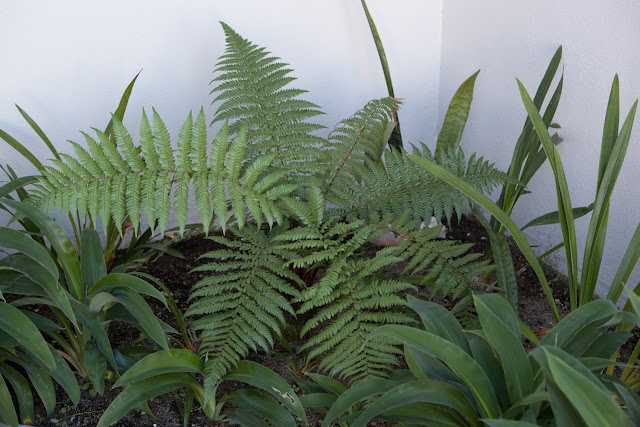30 May 2013
Ron and Maureen’s Home
12 Acre Wood, Pyes Pa
We were very lucky to get the opportunity to visit Ron and Maureen’s home in Pyes Pa for our May G3 meeting. Unfortunately our hostess Becks, who lives next door, was sick and unable to attend, but we chatted with her on her lawn and she pointed us in the right direction.
Maureen and Ron welcomed us into their lovely new warm home. They described how they had built the home six months ago with an aim of sustainable living, after many years of planning and thinking about their options. They installed a solar heating system on the roof and told us they had not yet used any power from the main grid this year. Other “eco features” of their home were; a white roof to reflect the heat in Summer, insulated concrete walls 25cm thick, rain water storage tank, extra thick concrete floors and my personal favourite an insulated garage and garage door (the first one I have ever seen). They described receiving guidance and advice from Transition Tauranga and the Environment Centre Tauranga.

They carefully consider all planting, taking into account the soil conditions and what the plant can provide to the garden and them nutritionally. This includes gradually removing the pre-existing Camellia planting that surrounds their section as Camellia’s favour an acidic soil which does not suit many other plants. They use three types of composting, trench composting, worm farms and the Bokashi Compost System and use no insecticides, pesticides or chemical fertilisers.
The aim for the garden is for it to become a “food forest” with many layers of edible plants. Being keen foragers many plants that might be considered weeds make up part of their every day diet which is up to fifty percent raw. They also allow self seeding and let vegetables and plants self seed where they wish (within reason) along with edible weeds. An example of an edible weed is Yarrow– the leaves and the flowers are edible. Maureen gave us the details for a local expert – Julia Silch, who runs workshops on edible weeds.
We had lots to discuss after such a thought provoking garden. Perhaps we will look at our own gardens in a slightly different way after learning we could have been eating many of our dreaded weeds. Maybe we could learn to live with a few of them?
- http://www.juliasedibleweeds.com/
http://www.envirohub.org.nz/
Paula

.jpg)


.jpg)
























If you’re searching for the Best Weed Barrier in Gujarat, Singhal Industries is the top choice. Their weed mats are designed with precision to offer strong resistance against unwanted plants while ensuring soil health. Gardeners, farmers, and landscapers across Gujarat trust their solutions because of durability and efficiency. These weed barriers are eco-friendly and versatile, suitable for both small gardens and agricultural lands. For effective weed management in Gujarat, Singhal Industries provides the best option available.
ReplyDelete